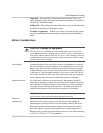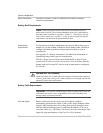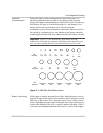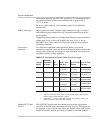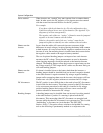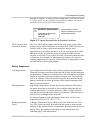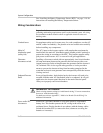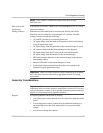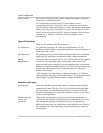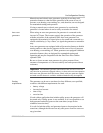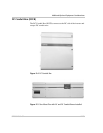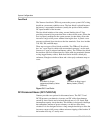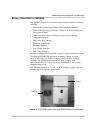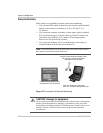
Pre-Configuration Planning
976-0043-01-02 2–19
Wire size for AC
connections
A minimum of #6 AWG THHN wire is recommended for all AC wiring
(input and output).
Wiring scenarios Determine all wire routes both to and from the inverter and which
knockouts are best suited for connecting the AC conduits. Possible
routing scenarios include the following.
• AC and DC grounds to an external ground rod
• AC input wiring from the main service panel to the inverter/charger
(on-grid applications only)
• AC input wiring from the generator to the inverter/charger (if used)
• AC output wiring from the inverter/charger to the subpanel
• DC input wiring from the PV array to the controller/batteries
• DC input wiring from the batteries to the inverter/charger
• BTS cable from the batteries to the inverter/charger (keep separate
from battery cables)
• Remote ICM cable to the inverter/charger (if used)
• Load circuit wiring rerouted from the main service panel to the
subpanel (on-grid applications only)
Generator Considerations
Purpose An engine generator can be used as follows:
• as an input power source instead of (or in conjunction with) the utility
power
• as a backup power source (connected with additional hardware) to
automatically power the loads when utility is not present (utility
outage)
• as a means to charge the batteries.
Note: A fuse without a switchable disconnect alone does not meet
NEC/CEC code.
Important:
Check for existing electrical wiring or plumbing prior to making
cuts in the walls. Cut holes in the walls at appropriate locations for routing
wiring/cables.
Important: The information contained in this guide is basic wiring
information which can aid the generator manufacturer or electrician in assisting
with your installation. Xantrex is not responsible for providing detailed technical
support or wiring instructions for generator operation.



